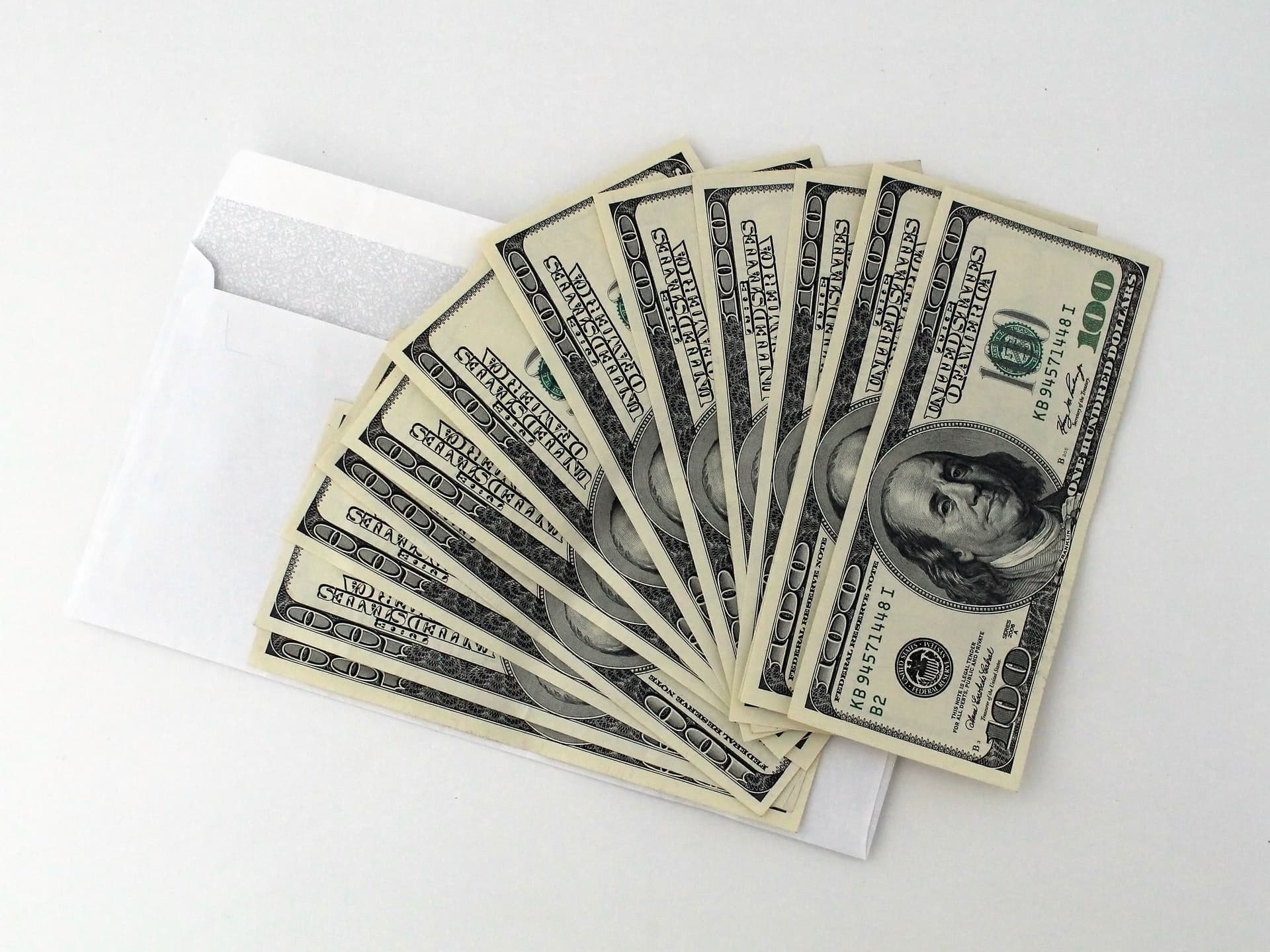Saving $10,000 in a year may seem like a pretty hefty goal, but it’s a lot easier than it sounds...
I’m not talking about saving pennies through couponing, skipping your lattes, or eating ramen every night either.
Instead, let’s talk about how to incorporate smart habits into your everyday life that are going to grow your wealth.
Some tactics will require a little bit of work, while others are passive, giving you a healthy balance of steps that won’t overwhelm you.
Let’s get started on what you need to do to make this happen.
1. Make a Promise to Yourself
Before you can start successfully implementing some of these savings steps, you first need to make a promise to yourself.
Promise yourself that you're going to save $10,000 this year.
Now, set goals for yourself to help you get there. This is going to help keep you accountable and also give you milestones.
How to Pick Rule #1 Stocks
5 simple steps to find, evaluate, and invest in wonderful companies.
If your income is consistent, it’s pretty easy to make a savings goal. Just divide $10,000 by 12 months and you get $833.
That’s how much extra cash you’re going to have to come up with each month to reach your goal.
You need to know your target number before you even start, no matter what your savings goal may be.
2. Take Advantage of Compound Interest With Investing
Time and money go hand in hand, so it’s important to make sure your money isn’t staying stagnant throughout the year.
Compound interest allows you to earn interest on what you’ve contributed to your account and also on the earnings themselves.
The longer your money is in an account with compound interest, the more money you’ll make.
With that in mind, it’s possible to make a few thousand dollars that you didn’t have before by using compound interest.
If you have a large amount of cash sitting in a non-interest bearing account, for example, you can start investing and making money off of compound interest during the year.
A 15% return on $10,000 is $1,500 that you didn’t have before if you learn how to invest money correctly.
What's your Investing IQ?
See how you stack up against other investors.3. Pay Yourself First
Another rule that can help you make a few extra thousand dollars this year is to pay yourself first.
That means you divert your money into savings as soon as you get it. If you let it hit your checking account, you’ll be more tempted to spend it.
If you never see the money, it’s like you won’t even know it’s there, and you’ll be able to find a way to save it.
There are so many ways to automate savings these days, so there’s virtually no excuse not to do this.
Sign up for a mobile app either through your bank or smartphone and you’ll start to see that number get closer to your goal each month.
In order for this to be successful, you’ll to give yourself a monthly budget in addition to your savings goal.
You have to be mindful about your spending. Make categories for your expenses, then assign a dollar amount to each one.
From there, you can work backward to determine how much you can comfortably put into savings at the start of every paycheck.
If you wait to save until the end of your pay period, you’re more likely to have a small amount, or nothing left over to save.
To truly commit to setting aside an extra $10,000 this year, you have to save before you spend.
4. Turn Your Passion into a Side-Hustle
Saving money by reducing your spending is important, but you can also make an impact by earning more.
Think about your existing skill set and how you could monetize a passion or hobby you already pursue.
Maybe you like woodworking in your free time...
Why not try to sell a piece each month to put towards your savings goal?
There are countless ideas out there for easy part-time side hustles, whether it’s photography, dog walking, selling on eBay, or Uber.
You can even work part-time from home with online jobs like being a virtual assistant.
Bottom Line: Get creative, start making more money, and then direct it all straight into your savings. Don’t spend it.
5. Map Out Your Financial Journey
When it comes to saving money and investing, having a plan goes a long way. I've created an age-based investing map to help guide you.
It’s a great way to keep up the momentum month after month so you can reach that $10,000 goal by the end of the year.
How to Pick Rule #1 Stocks
5 simple steps to find, evaluate, and invest in wonderful companies.

